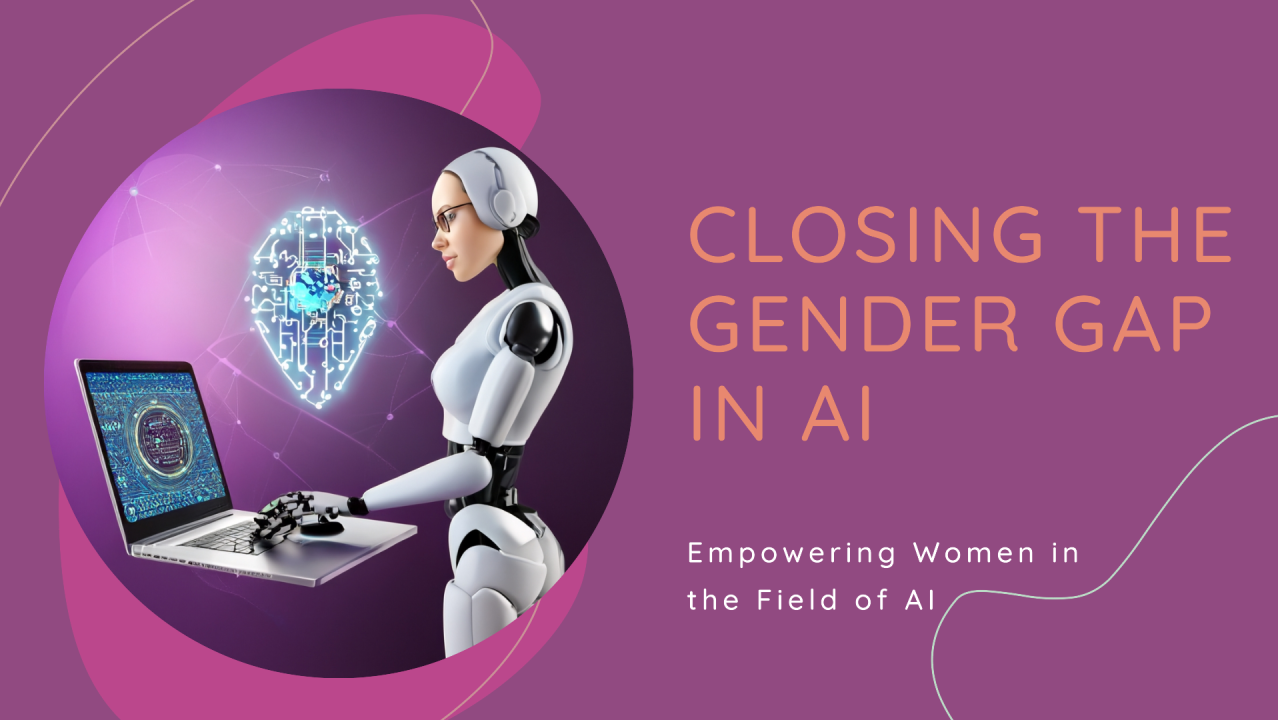
Bridging the Gender Gap in Generative AI
Karta Legal LLC
Award winning legal operations and law practice management consultants for law firms and legal departments of any size.
The adoption of generative AI technologies, such as ChatGPT, has revealed a significant gender gap. According to recent studies, women are 20 percentage points less likely to use these tools compared to their male counterparts in the same occupations. Perhaps most distressing, the gap is widest among the youngest of workers: 71% of men ages 18-24 say they use generative AI weekly, compared with 59% of women.
This disparity is concerning, particularly as generative AI continues to reshape industries, offering unprecedented opportunities for innovation and efficiency. One of the primary reasons cited by women for this slower adoption is the need for additional training before feeling confident in using these advanced technologies.
This difference in approach is not merely a matter of preference but is deeply rooted in broader societal and psychological dynamics. Women often prioritize thoroughness and mastery when approaching new tools—a mindset that can be traced back to the societal expectations placed upon them. From a young age, women are often socialized to be detail-oriented and risk-averse, which can lead to a heightened desire for perfection and a reluctance to engage with new technologies until they feel fully prepared.
This meticulous approach, while beneficial in many respects, can also contribute to slower adoption rates of generative AI technologies. In contrast, men are generally more likely to dive into new tools with a "learn as you go" mentality, reflecting a confidence that is often reinforced by societal norms. This can create a perception of men being more tech-savvy or innovative, when in reality, the difference may lie more in approach than in capability.
The concept of imposter syndrome further complicates this dynamic. Imposter syndrome, characterized by the persistent fear of being exposed as a "fraud" despite evident success, disproportionately affects women, particularly in fields dominated by men. Women and minorities are more likely to be impacted due to systemic biases and the added pressure to prove themselves in environments where they are underrepresented. According to Forbes, 75% of female executives have experienced the so called "imposter syndrome."
When it comes to generative AI, these psychological factors can create a significant barrier. The combination of striving for perfection and the internalized pressure to avoid any semblance of inadequacy can lead to hesitancy in adopting new technologies. Women might feel the need to thoroughly understand every aspect of a tool like ChatGPT before they feel comfortable using it, fearing that any misstep could reinforce negative stereotypes about their competence.
领英推荐
The early stages of engaging with generative AI—or any new technology—are naturally accompanied by a learning curve. This period should not be mistaken for incompetence or inadequacy, but rather embraced as part of professional development. Understanding that making mistakes and seeking guidance are integral parts of the learning process is crucial for overcoming these barriers.
Addressing this gender gap in AI adoption requires a multifaceted approach. Organizations can play a critical role by creating more inclusive and supportive environments that encourage experimentation and risk-taking, regardless of gender. This can include offering tailored training programs that meet the needs of those who may feel less confident in their abilities, as well as promoting a culture that values continuous learning and growth over immediate perfection. But bridging the gender gap in generative AI adoption is not just about providing more training—it’s about challenging the societal and psychological barriers that hold women back. By fostering an environment that supports learning, experimentation, and the acceptance of imperfection, we can ensure that all professionals, regardless of gender, are equally equipped to harness the transformative potential of generative AI.
Moreover, reframing the narrative around imposter syndrome is vital. Rather than pathologizing normal feelings of self-doubt or framing them as a "syndrome," it’s important to recognize these experiences as a common part of the human condition. By normalizing the learning curve associated with new technologies and emphasizing that perfection is not a prerequisite for success, we can help more women feel empowered to engage with generative AI tools confidently.
If this gender gap is not addressed, the consequences could be catastrophic. The exponential growth of generative AI technology means that those who hesitate to adopt these tools risk being left behind in a rapidly evolving digital landscape. As generative AI becomes increasingly integral to business operations, legal practices, and various industries, the underrepresentation of women in its adoption could exacerbate existing gender inequalities and limit the diversity of perspectives that are crucial for innovation. It is imperative that we act now.
Immigration Attorney
2 个月Interesting